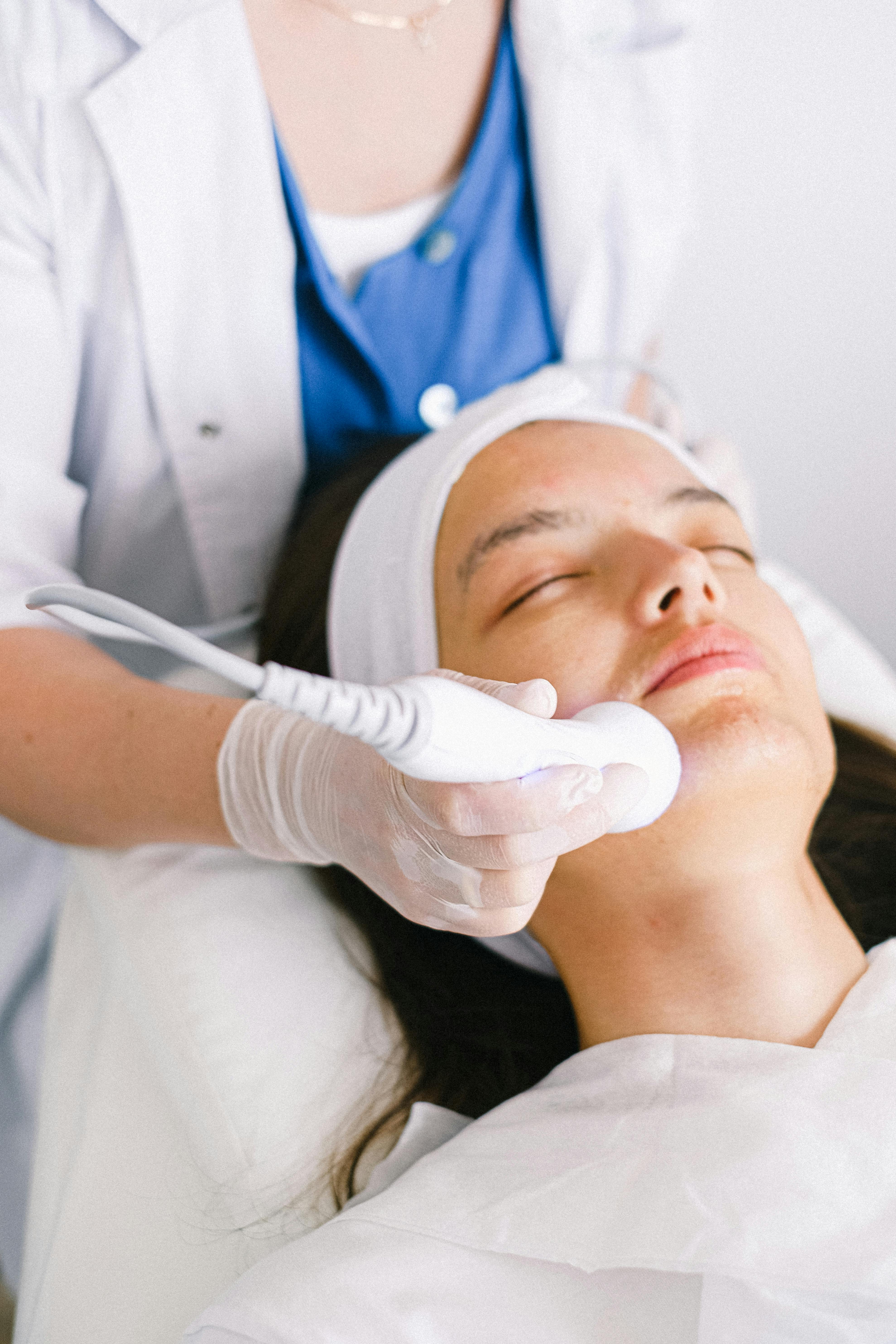Liposuction Explained: Procedures, Recovery & Costs
Explore a practical, in-depth guide to liposuction—how it removes stubborn fat, the common treatment zones, the main surgical techniques, recovery expectations, candidate criteria, and cost factors. Learn about body contouring options, safety considerations, and what to ask during consultations to make a confident choice.

Liposuction Explained: Procedures, Recovery & Costs
What liposuction treats
Liposuction is a surgical method for eliminating localized fat deposits to improve body shape and proportions. It targets areas where fat resists diet and exercise, such as the abdomen, flanks (love handles), inner and outer thighs, hips, buttocks, upper arms, neck, and the region beneath the chin. Multiple regions can be treated in a single session, but the overall scope depends on your health, anesthesia choice, and the surgeon’s clinical judgment.
Liposuction is a contouring tool rather than a weight-loss solution. It is most effective for refining specific problem zones and creating a smoother silhouette when weight is already close to the patient’s goal.
Main liposuction techniques
Several contemporary approaches exist, each with distinct benefits depending on tissue characteristics and aesthetic goals:
-
Tumescent liposuction: The most common. A diluted saline solution containing a local anesthetic and a vasoconstrictor is injected to firm up the area and limit bleeding. For smaller areas, this method can often be performed under local anesthesia.
-
Ultrasound-assisted liposuction (UAL): Ultrasonic energy is used to loosen and partially liquefy fat, which can be advantageous in fibrous or dense tissues and for larger-volume contouring.
-
Power-assisted liposuction (PAL): A powered cannula oscillates to break apart fat more efficiently, reducing surgeon fatigue and potentially improving precision and uniformity.
-
Laser-assisted liposuction: Low-level laser energy disrupts fat cell walls and may encourage some skin tightening. This technique is frequently chosen for smaller target zones or when improving skin tone is a priority.
Each technique has trade-offs affecting bruising, swelling, skin retraction, and recovery time. Your surgeon will recommend the most appropriate option based on your anatomy, skin quality, and objectives.
Recovery timeline and what to expect
Recovery varies with the treated area and method used. Expect swelling, bruising, and mild-to-moderate discomfort during the early phase. Typical recovery milestones include:
- Return to light, desk-based work: Often within several days to a week for many patients.
- Moderate activity: Gentle movement and low-impact exercise are usually allowed after two to three weeks, depending on healing and surgeon guidance.
- Strenuous exercise: High-intensity workouts and heavy lifting are typically delayed four to six weeks or longer as advised.
- Final contour: Residual swelling may last months; the refined shape is commonly evident between three and six months post-op as tissues settle.
Compression garments are commonly recommended to reduce swelling and help the skin adhere to new contours. Regular follow-up visits let your surgeon check progress and address any issues promptly.
Who makes a good candidate
Good candidates are generally close to their target weight—often within roughly 30% of their ideal body mass—and have decent skin elasticity so the skin retracts to the new contour. Liposuction is intended to sculpt, not to serve as a primary weight-loss procedure.
Candidates should be in good overall health, not actively smoking (or willing to quit around the procedure), and have realistic expectations about what liposuction can achieve. Certain health problems, bleeding disorders, or poor medical fitness can make surgery unsafe.
Safety considerations and risks
As with any surgery, liposuction carries risks. Typical side effects are temporary numbness, bruising, swelling, fluid accumulation, and mild contour irregularities. Less common but more serious complications include infection, significant bleeding, changes in sensation, and blood clots.
Selecting a board-certified plastic surgeon or experienced specialist lowers complication rates and improves outcomes. Be candid about medications, supplements, and medical history during your preoperative assessment—some agents can increase bleeding risk. Smoking should be stopped well before surgery because it hinders healing and raises complication risks.
Costs and how providers compare
Price varies widely depending on the area(s) treated, chosen technique, amount of fat removed, geographic region, and the provider’s expertise. Expect additional charges for anesthesia, facility fees, and post-op supplies.
| Provider Type | Average Cost Range | Included Services |
|---|---|---|
| Private Clinic | $3,000 - $8,000 | Procedure and basic facility fees |
| Hospital | $4,500 - $12,000 | Extended monitoring, possible overnight stay |
| Medical Spa | $2,500 - $6,000 | Limited-area treatments, variable oversight |
Prices, rates, or cost estimates mentioned in this article are based on the latest available information but may change over time. Independent research is advised before making financial decisions.
Choosing a provider and preparing for surgery
When evaluating surgeons, check credentials, board certification, before-and-after galleries, patient reviews, and complication statistics if available. Ask specific questions about the recommended technique, anesthesia plan, recovery timeline, and contingency steps for complications.
A thorough preoperative assessment should include a medical history review, physical exam, and a frank conversation about achievable outcomes. Consider obtaining multiple consultations to compare recommendations and feel confident in your choice. Remember that the lowest fee may not reflect the highest standard of care; experience and safety should guide your decision.
Final thoughts
Liposuction can be an effective method to remove stubborn fat pockets and refine body contours when used for the right indications and performed by a qualified clinician. It complements—not replaces—a healthy lifestyle and should be chosen with realistic expectations. Proper candidate selection, careful preparation, and adherence to post-operative instructions are key to a safe recovery and satisfying results.
This article is for informational purposes only and should not be considered medical advice. Please consult a qualified healthcare professional for personalized guidance and treatment.






